How do you grow your voodoo lilies?
weirdflowers
14 years ago
Related Stories

GARDENING GUIDES8 Plants That Snobs Love to Hate — and You'll Love to Grow
Don't dismiss these common annuals, perennials and shrubs — there are reasons they've been popular for so long
Full Story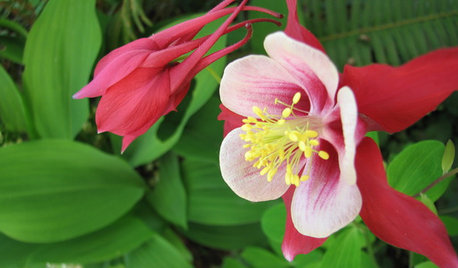
GARDENING FOR BUTTERFLIESGreat Design Plant: Columbine Grows Happily in Shade and Sun
Its ethereal beauty comes from complex forms and wide-ranging colors, but columbine’s benefits are highly attractive too
Full Story
HOUSEPLANTS10 Top Plants to Grow Indoors
Brighten a room and clean the air with a houseplant that cascades artfully, stretches toward the ceiling or looks great on a wall
Full Story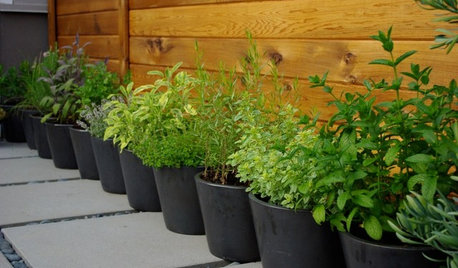
GARDENING GUIDES6 Ways to Grow Edibles in Small Places
No big backyard? Join in the grow-your-own fun with these small-space ideas for planting vegetables, fruits and herbs
Full Story
MORE ROOMS14 Bedrooms That Grow With Kids
You won't have to start from scratch every three years with these modern and eclectic kid's bedroom designs
Full Story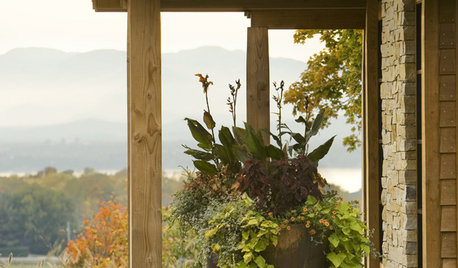
GARDENING GUIDESGrow a Beautiful Fall Garden in a Pot
Welcome autumn with 7 gorgeous plants that thrive in containers and enliven your porch or patio throughout the cooler season
Full Story
MOST POPULARSummer Crops: How to Grow Sunflowers
Savor snack-tastic sunflower seeds once the radiant blooms have faded — if the birds have saved you any, that is
Full Story
GARDENING GUIDES7 New Plants to Grow for Beautiful Foliage
Add color, structure and interest to your garden with these recently introduced plants that sport exceptional foliage
Full Story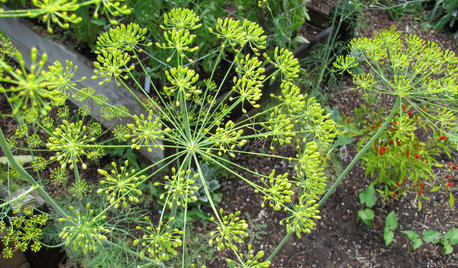
EDIBLE GARDENSHerb Garden Essentials: Grow Your Own Tasty, Frilly Dill
Flavor your food and attract butterflies with easy-care (and pretty) dill in the garden
Full Story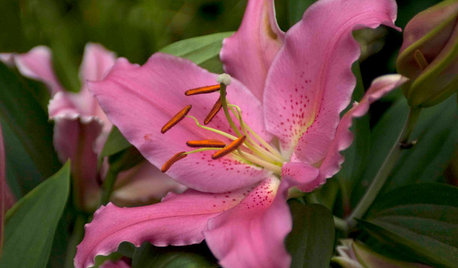
FLOWERSGreat Design Plant: Lilies
Try these delightfully exotic stunners for paintbox colors, deep fragrance and intricately detailed petals
Full Story





exoticrainforest
evil_garden_gnome
Related Professionals
South Orange Landscape Architects & Landscape Designers · Paso Robles Landscape Contractors · Waipahu Landscape Contractors · Anchorage General Contractors · Bryn Mawr-Skyway General Contractors · Delhi General Contractors · Melville General Contractors · North Highlands General Contractors · Poquoson General Contractors · Vincennes General Contractors · Waianae General Contractors · Winfield General Contractors · Broomfield Siding & Exteriors · Carmel Siding & Exteriors · Highlands Ranch Siding & Exteriorsbluebonsai101
weirdflowersOriginal Author
bluebonsai101